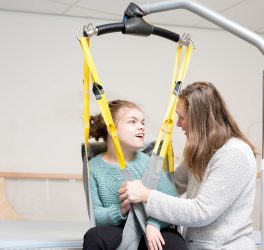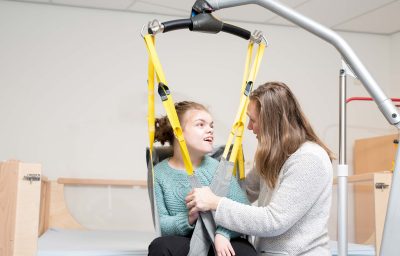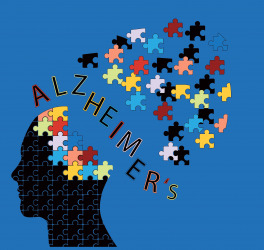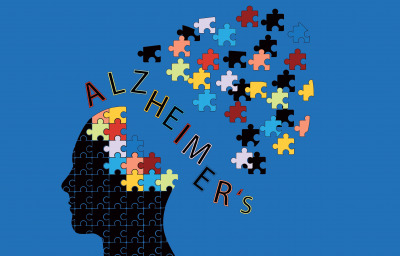
Researchers have designed a potential new treatment for one of the most common forms of muscular dystrophy, according to a new study published in the Proceedings of the National Academy of Sciences.
Toshifumi Yokota, professor of medical genetics at the University of Alberta, led a team from Canada and the U.S. to create and test synthetic DNA-like molecules that interfere with the production of a toxic protein that destroys the muscles of people who have facioscapulohumeral muscular dystrophy (FSHD).
FSHD occurs in one in 8,000 people and causes progressive weakness in the muscles of the face, shoulders and limbs. Onset is usually in the teens or early adulthood. Some patients have trouble breathing; many use a wheelchair. All face lifelong disability.
“There is no cure for FSHD at the moment,” said Yokota, who has devoted his career to searching for treatments for all forms of muscular dystrophy.
“This paper shows the potential for this new type of therapy and makes progress towards finding a treatment candidate.”
There are dozens of types of muscular dystrophy, almost all involving different genetic mutations that lead to weak muscles. FSHD, the third most common form of muscular dystrophy, causes patients to produce the protein DUX4, which damages muscle cells and causes the cells to die.
“Our goal is to knock down the production of DUX4 so their muscle cells can survive,” said Yokota.
His team designed the treatment molecules, technically known as locked nucleic acid (LNA) gapmer antisense oligonucleotides (AOs), or “gapmers” for short. They specifically target the location in the gene that causes DUX4 production.
The researchers tested the treatment in patient-derived cells in the laboratory and in mice.
“We used a very low concentration of the treatment and it knocked down more than 99 per cent of the DUX4 production, so this is extremely efficient,” Yokota said.
The researchers found the muscle cells were larger and more functional after treatment.








